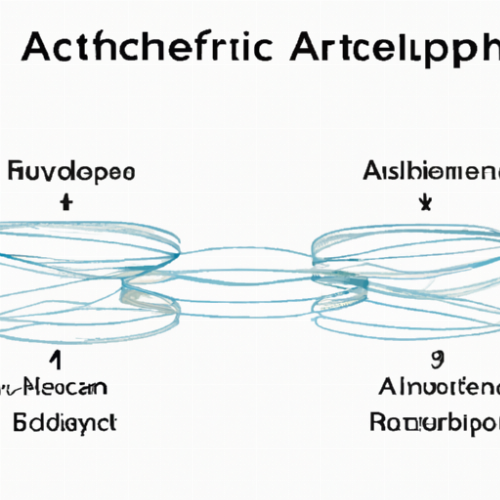Architectural flexibility refers to the ability of a system or software to adapt to changing requirements, environments, and technologies. It supports system data retrieval in several ways:
1. Scalability: An architecture that is flexible can scale up or down as needed to accommodate changes in data retrieval requirements. For example, if the system needs to process more data, it can be scaled up by adding more resources such as storage or processing power.
2. Integration: A flexible architecture enables data to be integrated seamlessly from different sources, allowing the retrieval of data from multiple systems. Integration can occur through APIs, middleware, or other mechanisms.
3. Optimization: A flexible architecture allows for data retrieval to be optimized by providing features such as caching, indexing, or load balancing. These features enable faster retrieval of data, particularly for frequently accessed data.
4. Customization: A flexible architecture allows for customization of data retrieval based on specific user requirements, such as the type of data, frequency of access, or data formatting. This customization can be done through configuration or by adding new modules or plug-ins to the architecture.
In summary, architectural flexibility supports system data retrieval by providing scalability, integration, optimization, and customization capabilities. These capabilities enable the system to adapt to changing data retrieval requirements and deliver data efficiently and effectively.
Publication date:

